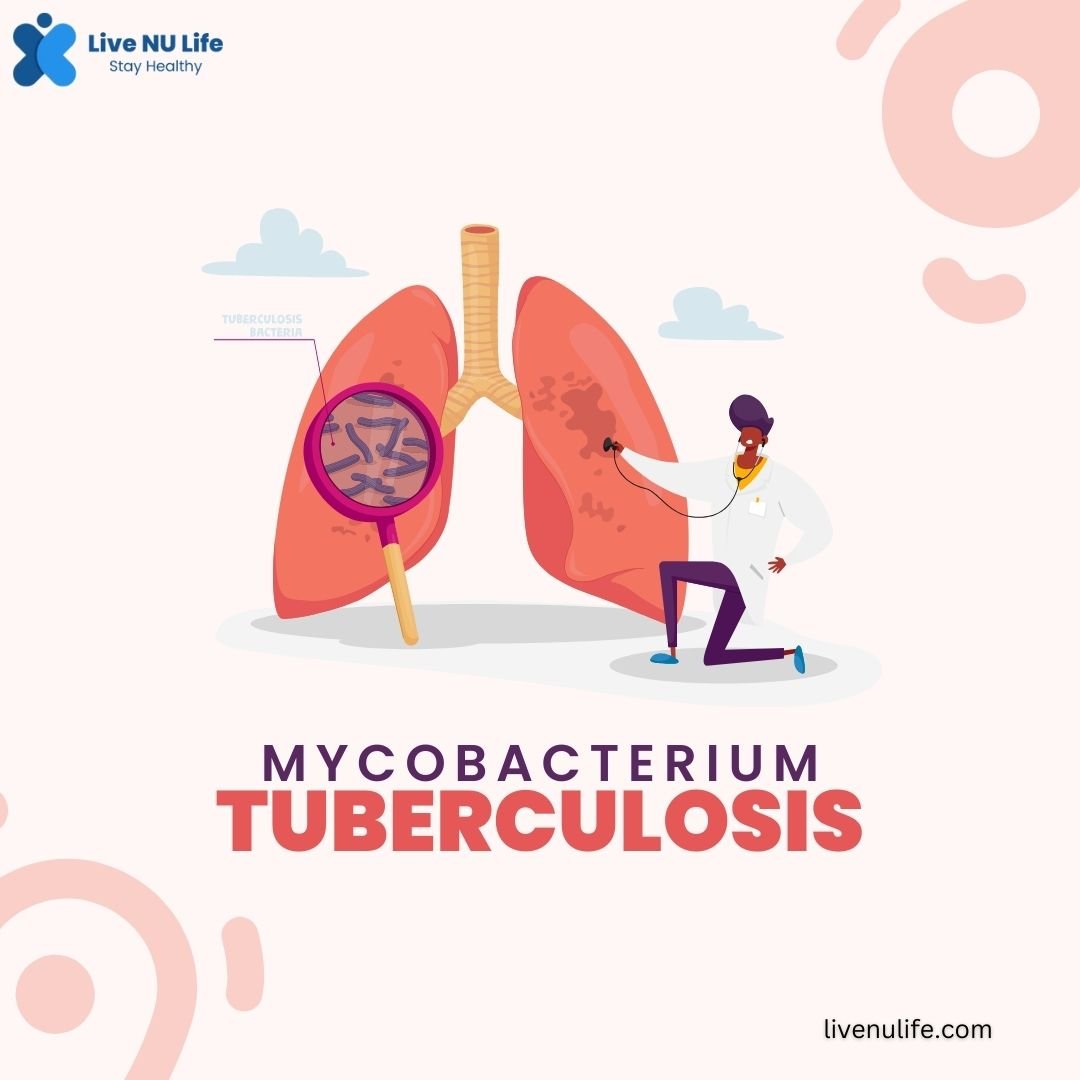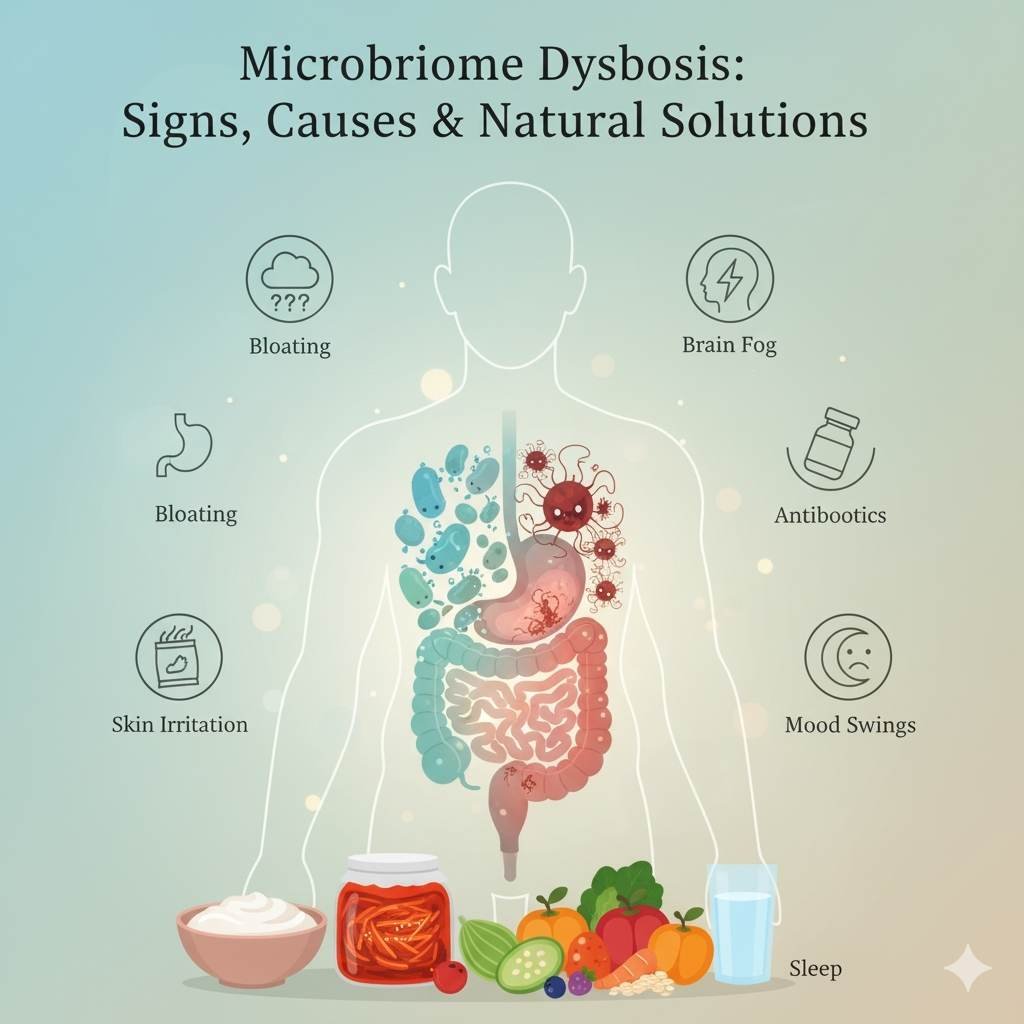Tuberculosis, or TB for short, has been troubling humans for thousands of years. It’s one of those diseases that just won’t go away, despite all our medical advances. Every year, millions of people still catch TB, and sadly, many die from it. What makes this disease so stubborn? The answer lies in a tiny but mighty bacteria called Mycobacterium tuberculosis.
This little microbe is the main villain behind TB. It’s a clever bacteria that knows how to hide in our bodies and fight off our defences. Understanding how this bacteria works is the first step in beating TB once and for all. Let’s take a closer look at this troublesome germ and see what makes it tick.
Table of Contents
ToggleWhat is Mycobacterium tuberculosis?
Back in 1882, a German doctor named Robert Koch discovered this bacteria. He was so pleased with his find that they sometimes call it “Koch’s bacillus” in his honour. This discovery was huge because it proved that tiny bacteria could cause serious diseases.
Where it fits in the bacteria family tree:
- Kingdom: Bacteria
- Family: Mycobacteriaceae
- Genus: Mycobacterium
- Species: M. tuberculosis
The name “Mycobacterium” comes from Greek words meaning “fungus-like bacteria” because it grows a bit like mould. The “tuberculosis” part comes from Latin, meaning “little swelling,” which describes the bumps it makes in our lungs. Read more about Mycobacterium Tuberculosis.
Structure and Characteristics
Shape and Size
M. tuberculosis is rod-shaped, a bit like a tiny sausage, measuring about 0.4 by 3.0 micrometers. That’s absolutely tiny – you’d need a powerful microscope to see it.
Waxy Coat
What makes this bacteria really tough is its waxy outer layer. This coat is full of special fats called mycolic acids that act like armour. This waxy shield helps the bacteria survive harsh conditions and makes it harder for medicines to work.
Slow Grower
Unlike many bacteria that multiply quickly, M. tuberculosis is a slow coach. It can take more than a week just to see its colonies growing in a lab dish. This slow growth is one reason why TB is so hard to diagnose and treat.
Breathing Requirements
This bacteria loves oxygen – it’s what we call “highly aerobic“. That’s why it mainly infects our lungs, where there’s plenty of fresh air.
Master of Hide and Seek
Perhaps most cleverly, M. tuberculosis can hide inside our own immune cells (called macrophages) that are supposed to destroy it. Instead of being killed, it makes itself at home and can stay hidden for years.
How TB Spreads
TB spreads through the air – it’s as simple as that. When someone with active TB coughs, sneezes, laughs, or even talks, they spray tiny droplets containing the bacteria into the air. If you breathe in these infected droplets, you might catch TB.
Where you’re most at risk:
- Crowded places with poor air flow
- Close contact with TB patients
- Hospitals and care homes
- Prisons and homeless shelters
The good news is that TB doesn’t spread through handshakes, sharing food, or touching surfaces. You need to breathe in the bacteria to get infected.
What Happens When TB Gets Into Your Body
Step 1: Landing in Your Lungs
The bacteria travel down to the tiny air sacs in your lungs called alveoli.
Step 2: Meeting Your Immune System
Your immune cells try to eat up the bacteria, but M. tuberculosis is too clever. Instead of being destroyed, it survives inside these immune cells.
Step 3: Building Walls
Your body tries to contain the infection by building walls around it, creating little fortress-like structures called granulomas.
Step 4: The Waiting Game
In most healthy people, the bacteria just sit there quietly – this is called latent TB. You feel fine and can’t spread it to others. But if your immune system weakens, the bacteria can wake up and cause active TB disease.
Symptoms of Tuberculosis
Latent TB (Sleeping TB)
- No symptoms at all
- Can’t spread it to others
- Might turn into active TB later
Active TB (Awake and Causing Trouble)
- Cough that won’t go away (more than 3 weeks)
- Coughing up blood or thick mucus
- Fever and night sweats
- Losing weight without trying
- Feeling tired all the time
- Chest pain
Because these symptoms are similar to other lung problems, TB often gets missed or diagnosed late.
Explore more about Hashimoto’s Disease, its causes, symptoms, and treatment options.

Diagnosis of TB Infection
Doctors use several tests to spot TB:
Skin Test
They inject a small amount of TB protein under your skin and check for swelling after a few days.
Blood Tests
These look for your immune system’s reaction to TB bacteria.
Chest X-rays
These can show damage to your lungs from TB.
Sputum Tests
You cough up some mucus, and they look for TB bacteria under a microscope or grow them in a dish.
Quick Modern Tests
New tests like GeneXpert can find TB bacteria in just a couple of hours.
Treatment and Drug Resistance: TB
The good news is that TB can be cured with medicines, but it takes time and patience.
Standard Treatment
Doctors usually give four different medicines for six months:
- Isoniazid
- Rifampin
- Ethambutol
- Pyrazinamide
Why Treatment Takes So Long
Remember how M. tuberculosis grows slowly? That means it takes a long time to kill all the bacteria. Patients must take their medicines every day for months, even when they start feeling better.
The Problem with Resistant TB
Some TB bacteria have learned to fight back against our medicines. This creates:
- MDR-TB: Resistant to the two best medicines
- XDR-TB: Resistant to many medicines
These types of TB are much harder and more expensive to treat.
Prevention and Control TB
BCG Vaccine
There’s a vaccine called BCG that helps protect children from severe TB, but it doesn’t work as well in adults.
Public Health Actions
- Finding and treating people with TB quickly
- Checking contacts of TB patients
- Keeping infectious patients isolated until they’re not contagious
- Improving ventilation in crowded places
Personal Steps
- Don’t smoke (smoking damages lungs and makes TB more likely)
- Eat well to keep your immune system strong
- If you’ve been exposed to TB, get tested
Key Statistics and Global Impact
TB remains a massive global problem:
- About 10 million people get TB every year
- Around 1.3 million people die from TB annually
- Most TB cases happen in poorer countries
- Countries like India, China, and Indonesia have the most cases
The disease doesn’t just make people sick – it also keeps families poor because sick people can’t work, and treatment is expensive.
Looking to the Future
Scientists and doctors are working hard to beat TB:
- Developing better and faster tests
- Creating new medicines that work quicker
- Researching better vaccines
- Finding ways to help patients stick to their treatment
The World Health Organisation has set a goal to reduce TB deaths by 90% by 2035. It’s ambitious, but with better tools and global cooperation, it might be possible.
Explore the foundations of Health and Fitness for a stronger lifestyle.
Check out our practical Health and Fitness Tips to stay active and well.
Wrapping Up
Mycobacterium tuberculosis might be tiny, but it’s caused enormous suffering throughout human history. Its waxy coat, ability to hide in our cells, and slow growth make it a particularly tricky opponent. However, we’re not helpless against it.
TB is preventable and curable when caught early. The key is understanding this bacteria, spotting the disease quickly, and making sure patients complete their full treatment. With continued research and global efforts, we can hope for a world where TB no longer threatens millions of lives.
The fight against TB isn’t just about medicine – it’s about ensuring everyone has access to good healthcare, proper nutrition, and decent living conditions. Only by tackling TB from all angles can we finally defeat this ancient enemy.
Read More Disease Related Articles
Read why Autoimmune Diseases are rising globally.
Discover essential steps for Autoimmune Disease Prevention.
Understand causes and prevention of Typhoid.
Recognize early warning signs of Typhoid Symptoms.
Learn about causes, diet, and treatments in our guide to Fatty Liver.
Identify common Fatty Liver Symptoms early.
Get insights into Legionnaires’ Disease causes and symptoms.







